Spring has slipped into summer in southern Australia and I’m reeling under the pressures from the garden, birthdays, family events, impending births and business pressures that find me alone at my desk long after the staff have gone home and the long summer evenings have started to wane.
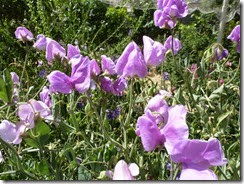 There is barely enough energy left after my typical working day to walk home and to move the irrigation to where its most needed to combat the heat that’s coming. Australia has just experienced the hottest spring on record since records began in 1910, close on the heels of the hottest autumn on record, only six months ago and also in 2014.
There is barely enough energy left after my typical working day to walk home and to move the irrigation to where its most needed to combat the heat that’s coming. Australia has just experienced the hottest spring on record since records began in 1910, close on the heels of the hottest autumn on record, only six months ago and also in 2014.
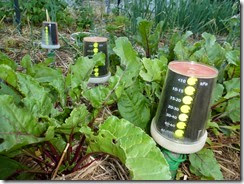 So I’m almost defeated – but not quite - by the effort needed to bring food plants through this ever-harsher and more variable climate. Each year I discover some small tweak to beat the heat and the spiralling cost of water as I practice growing my own fruit and vegetables for the coming decades.
So I’m almost defeated – but not quite - by the effort needed to bring food plants through this ever-harsher and more variable climate. Each year I discover some small tweak to beat the heat and the spiralling cost of water as I practice growing my own fruit and vegetables for the coming decades.
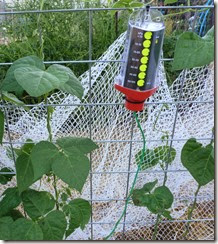 But I've an unexpected ally in this garden – a technological edge that guides my watering decisions and helps me learn about how things work below the soil surface. This garden is alive with gadgetry!
But I've an unexpected ally in this garden – a technological edge that guides my watering decisions and helps me learn about how things work below the soil surface. This garden is alive with gadgetry!
In a deeply fundamental way, I’m glad to have all these soil moisture sensors and displays finding their way into this particular garden; they were invented here. Now they have spread beyond this small plot to some of the biggest farms in Australia. 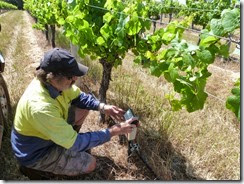 Sensors measure rainfall, soil moisture, air and soil temperature, relative humidity and other climate, soil and plant variables, keeping records of what’s happening in the garden while I’m away chained to my desk.
Sensors measure rainfall, soil moisture, air and soil temperature, relative humidity and other climate, soil and plant variables, keeping records of what’s happening in the garden while I’m away chained to my desk.
Where this garden now stands we once tested weather stations built in what is now my shed, off to the side of the garden, but the centre of so many of today’s gardening activities such as seed saving.  It’s in this shed, on warm summer evenings, that I repair all the ‘factory seconds’, prototypes and obsolete soil moisture devices and displays that would otherwise have been tossed out at work.
It’s in this shed, on warm summer evenings, that I repair all the ‘factory seconds’, prototypes and obsolete soil moisture devices and displays that would otherwise have been tossed out at work.
This is the garden that has inspired so many of my ideas for farmers; what works for me here should work for them out there. Indeed, many thousands of these devices have now been shipped all over Australia.
 And there on the fence, just beside my shed, is a Chameleon. No, not the distinctive and highly specialized lizard of Madagascar, but a simple soil moisture display that is keeping track of my onion crop and named for its coloured lights. Developed in conjunction with Australia’s leading research institute - the CSIRO - Chameleons were designed to help African subsistence farmers learn to irrigate their crops profitably. That story appears here on the company blog.
And there on the fence, just beside my shed, is a Chameleon. No, not the distinctive and highly specialized lizard of Madagascar, but a simple soil moisture display that is keeping track of my onion crop and named for its coloured lights. Developed in conjunction with Australia’s leading research institute - the CSIRO - Chameleons were designed to help African subsistence farmers learn to irrigate their crops profitably. That story appears here on the company blog.
 On various benches in the shed can be found all the accoutrements of a design engineer’s life. Yes, much of this equipment is also old and obsolete but is still serviceable as I continue my search for tomorrow’s new yet simple irrigation scheduling tools.
On various benches in the shed can be found all the accoutrements of a design engineer’s life. Yes, much of this equipment is also old and obsolete but is still serviceable as I continue my search for tomorrow’s new yet simple irrigation scheduling tools.
Those future gadgets – like the many that have come before them – will be tested first in this small inconsequential garden down at the bottom of the world.

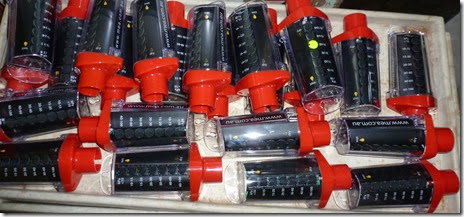
0 comments:
Post a Comment